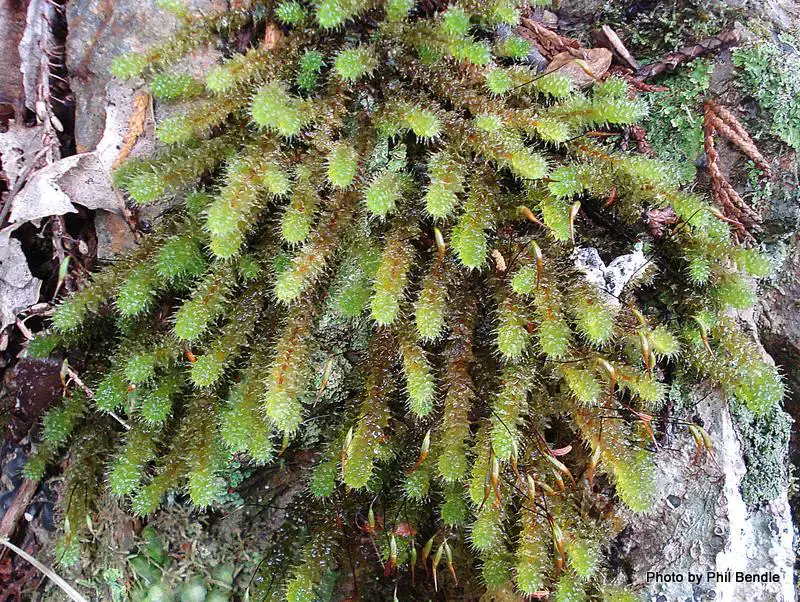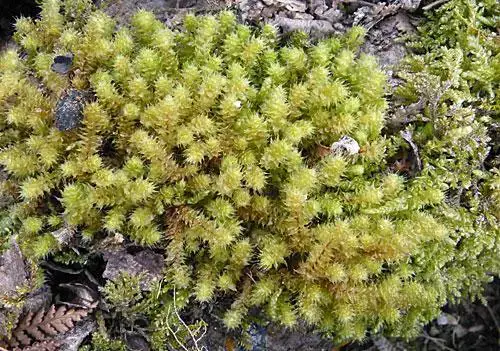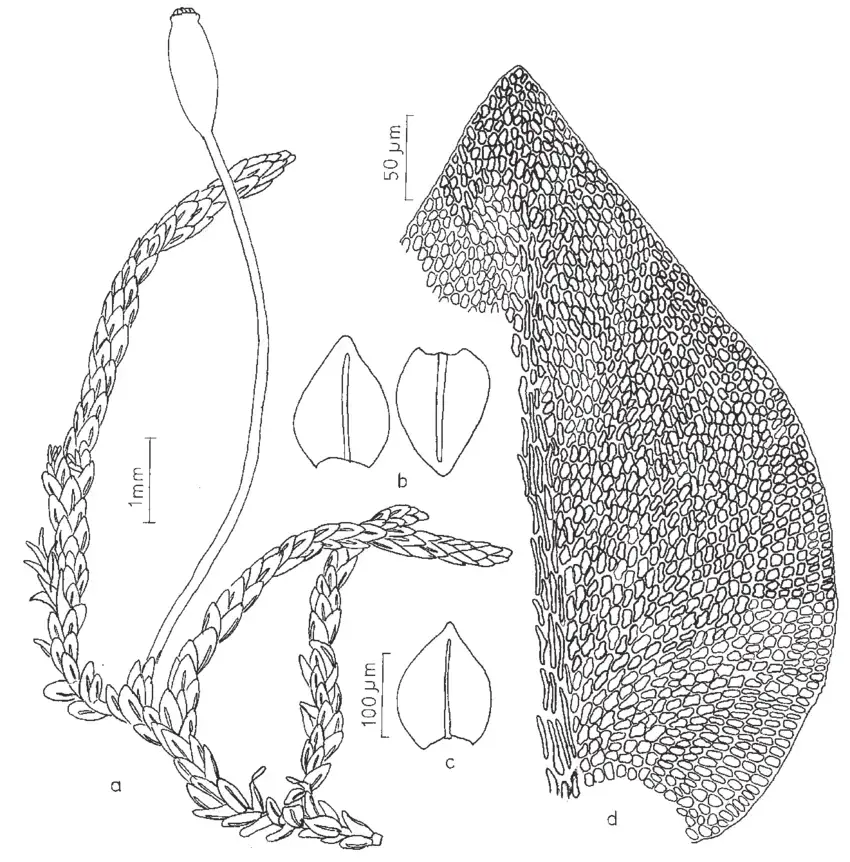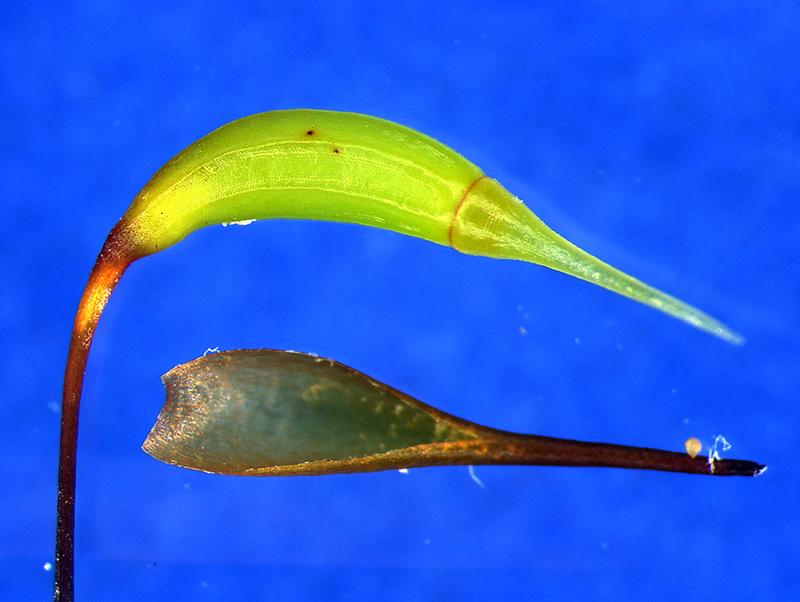
Ptychomnium_aciculare-1.JPG from: https://www.citscihub.nz/Phil_Bendle_Collection:Ptychomnion_aciculare_(Pipe_cleaner_moss)
Ptychomnion ptychocarpon: The Magnificent Moss You’ve Never Heard Of

ptychomnionacicu.jpeg from: https://www.kaimaibush.co.nz/mosses/ptychomniaceae.html
Introduction
When most people think of plants, they picture towering trees, colorful flowers, or lush ferns. But there’s a whole other world of fascinating flora right beneath our feet – the world of mosses. Today, we’re shining a spotlight on one particularly impressive species: Ptychomnion ptychocarpon (Schwägr.) Mitt., a moss in the Ptychomniaceae family.
Background on Bryophytes

Figura-7-Dimerodontium-pellucidum-Schwaegr-Mitt-a-Aspecto-geral-do-gametofito-b-c.png from: https://www.researchgate.net/figure/Figura-7-Dimerodontium-pellucidum-Schwaegr-Mitt-a-Aspecto-geral-do-gametofito-b-c_fig5_259822623
Before we dive into the details on P. ptychocarpon, let’s review some moss basics. Mosses are non-vascular plants in the division

ptychomnion_acic796_caps22-800j.jpg from: https://www.nzplants.auckland.ac.nz/content/nzplants/en/about/mosses/native-species/ptychomniaceae/ptychomnion-aciculare.html
Bryophyta. Unlike other land plants, they lack true roots, stems, and leaves. Instead, they have root-like rhizoids, stem-like structures called setae, and leaf-like structures called phyllids. Mosses reproduce via spores rather than seeds and are found in diverse habitats worldwide.
Morphology and Identification
Ptychomnion ptychocarpon is a relatively large, robust moss. Its shoots can reach 5-10 cm tall. The phyllids are ovate-lanceolate in shape, 1.5-2.5 mm long, and have a strong, single costa (midrib). Capsules are cylindrical, curved, and 3-4 mm long. A key identifying feature is the distinctly ribbed, ptychomnioid-type calyptra (hood) that covers the capsule.
Global Distribution and Habitat
P. ptychocarpon has a wide distribution across the Southern Hemisphere. It is found in Australia, New Zealand, southern South America, and islands in the South Atlantic and Indian Oceans. This moss typically grows as an epiphyte on tree trunks and branches in cool, humid forests from lowland to montane elevations. It prefers shaded sites with high rainfall.
Ecological Roles and Adaptations
Like other mosses, P. ptychocarpon plays important roles in its forest ecosystems:
- Provides habitat for micro-organisms and invertebrates
- Helps retain moisture and stabilize soil
- Pioneers bare substrates and facilitates succession
- Sensitive indicator of air quality and environmental change
Its ribbed calyptra is thought to aid in spore dispersal. By creating turbulence, the ribs may help launch spores further from the capsule. The moss’s strong, wiry costa and shoots help it withstand damage in its often windy forest habitat.
In Summary
| Feature | Description |
|---|---|
| Classification | Bryophyta, Bryopsida, Ptychomniaceae |
| Size | Shoots 5-10 cm tall, phyllids 1.5-2.5 mm long |
| Capsule | Cylindrical, curved, 3-4 mm long, ribbed calyptra |
| Habitat | Epiphytic in humid forests, southern hemisphere |
| Ecology | Microhabitats, moisture retention, succession |
Conclusion
The next time you’re walking through a southern forest, take a closer look at the trunks and branches around you. With any luck, you may spot the magnificent moss Ptychomnion ptychocarpon! This unique species illustrates the incredible diversity and ecological importance of the bryophytes. What other amazing mosses might be out there, just waiting to be appreciated?